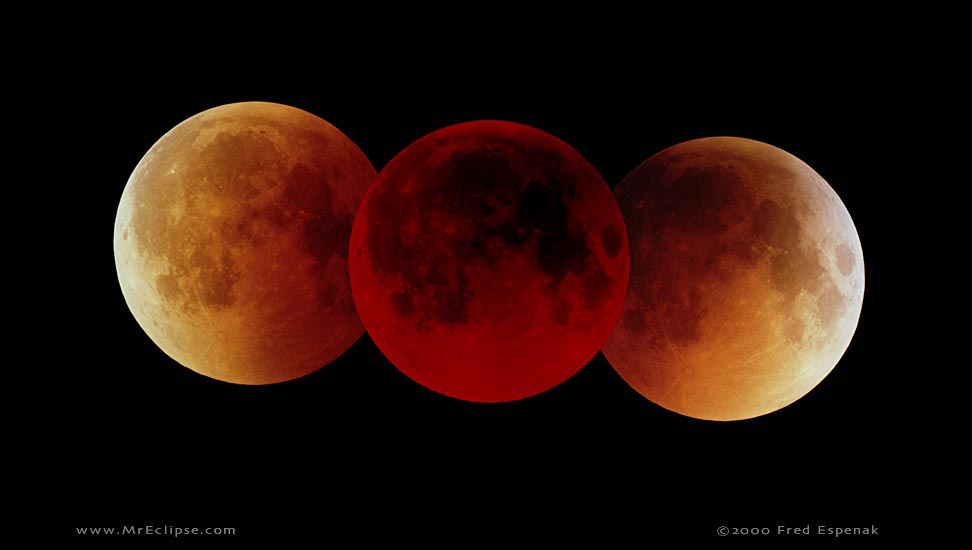
Craveology Cafe and the North Star Science Store are temporarily closed for renovation.

By Dr. Lisa Will, Resident Astronomer at the Fleet Science Center.
If you’re willing to get up early on January 31, you’ll have the opportunity to witness a celestial event involving our moon: a total lunar eclipse! The eclipse will start shortly before 4 a.m. and continue until sunrise. The Moon will be in partial eclipse for most of that time, with the total lunar eclipse occurring between 4:50 a.m. and 6 a.m. The Moon will still be partially eclipsed as it sets below the western horizon while the Sun rises in the east.
You may hear some extra excitement associated with this lunar eclipse because it’s also happening during a “blue moon.” What is a blue moon? The term is now commonly used to refer to the second full moon in a month with two full moons. When someone says “once in a blue moon,” they’re talking about something that is a rare occurrence. This month’s eclipse is rare indeed: a total lunar eclipse during a blue moon hasn’t happened in more than 150 years!
And … you could also see a “blood moon”! That may sound scary, until you understand the science behind it. During a total lunar eclipse, Earth completely blocks sunlight from directly reaching the surface of the Moon, but the Moon is still visible to the naked eye. It can appear golden, orange or even deep red in color, so some people call it a “blood moon.” The color comes from sunlight that filters through the Earth’s atmosphere before it falls on the Moon. When the sunlight comes from regions of the Earth that are experiencing a sunrise or a sunset, it affects how the Moon appears. So, the “blood” is the light of all of the sunrises and sunsets on Earth falling upon the Moon. Now that’s not scary—it’s beautiful!
No special equipment is necessary to observe a lunar eclipse. What you’ll need is a good view of the western sky and clear skies!